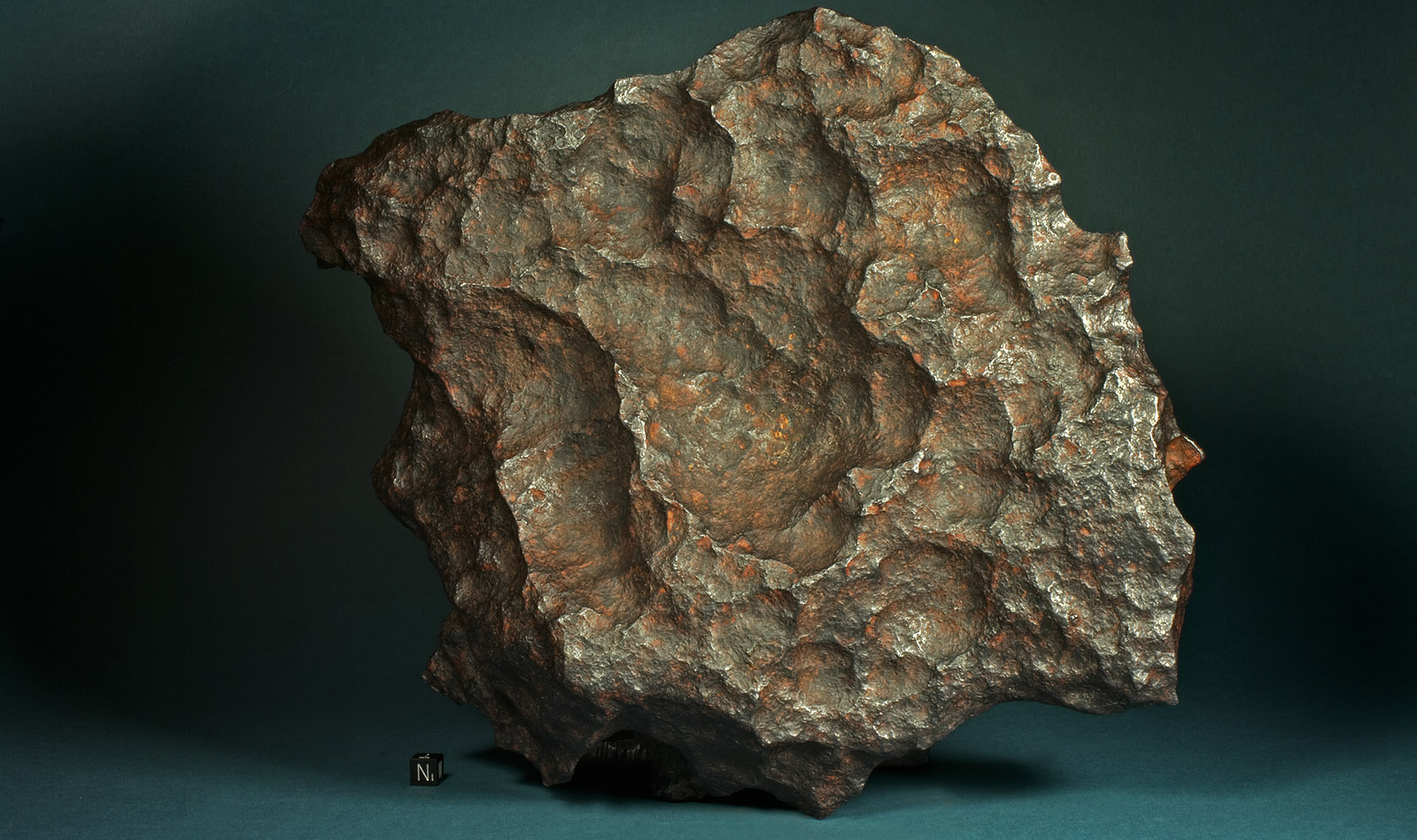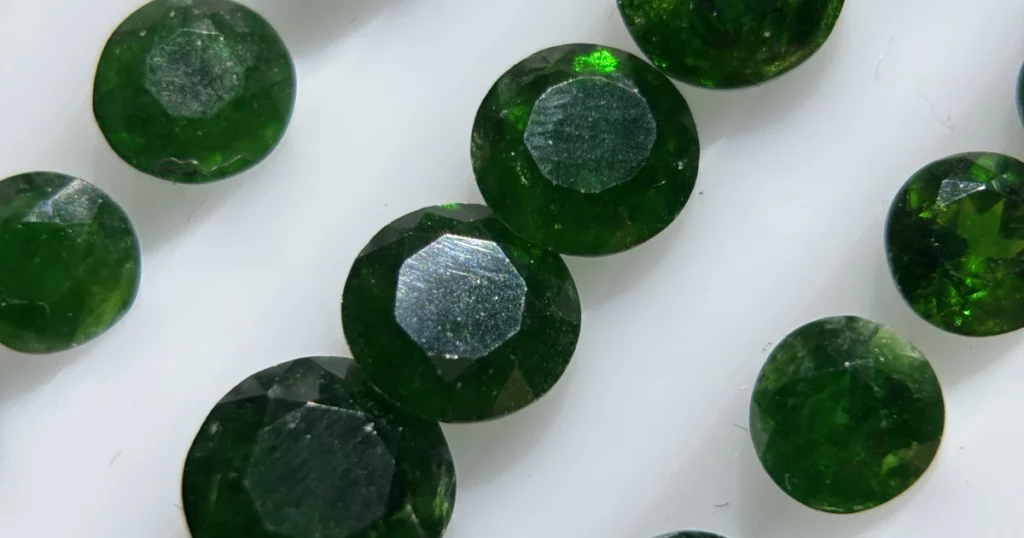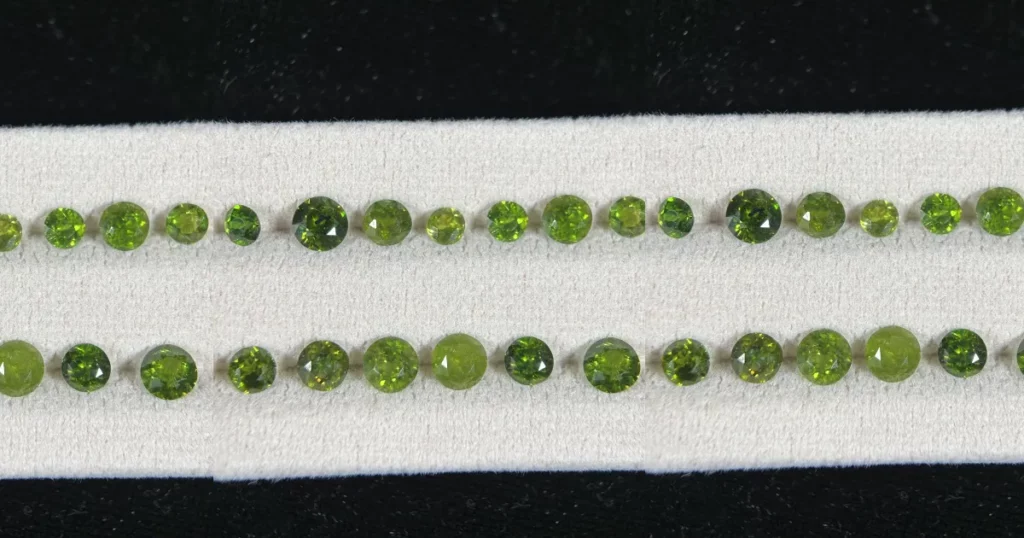Meteorites, the fascinating remnants of cosmic bodies, have intrigued scientists and enthusiasts alike for centuries. These extraterrestrial rocks offer a glimpse into the history and composition of our solar system.
However, identifying a meteorite is no easy task. In this guide from brkogems, we’ll explore the essentials of meteorite identification, supported by detailed meteorite identification pictures, and provide tips on how to identify a meteorite at home.
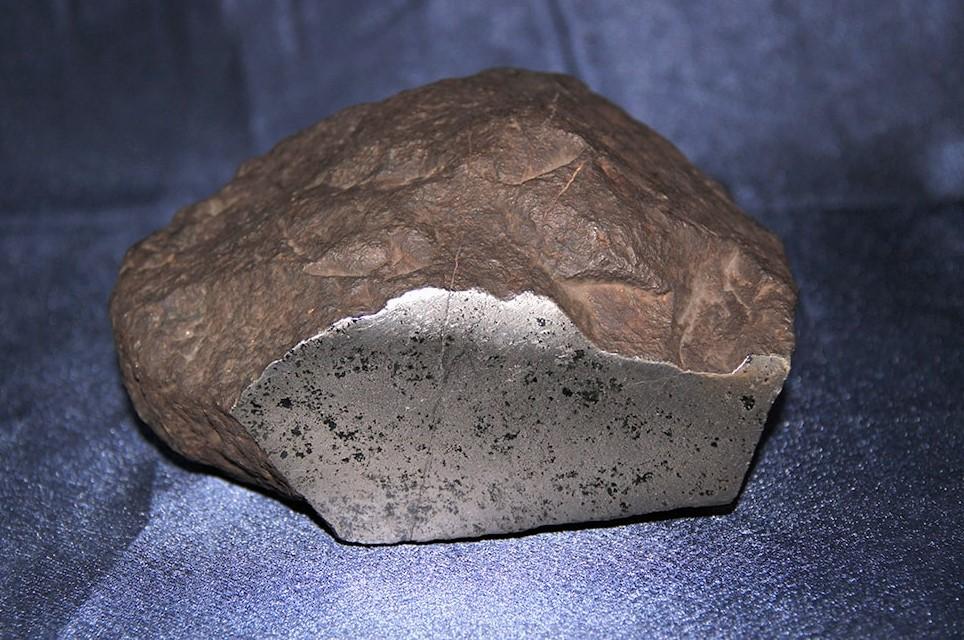
What is a Meteorite?
A meteorite is a solid piece of debris from an object such as an asteroid or comet that originates in outer space and survives its passage through the Earth’s atmosphere to reach the ground. They are primarily composed of metals and silicate minerals. Meteorites are classified into three main categories: stony, iron, and stony-iron. Each type has distinct characteristics that can aid in identification.
Stony meteorites, which make up about 94% of all known meteorites, are divided into chondrites and achondrites. Chondrites contain small, spherical particles called chondrules, while achondrites lack these features and resemble terrestrial volcanic rocks. Iron meteorites, composed mainly of iron and nickel, are dense and metallic, while stony-iron meteorites contain both metallic and silicate materials.
Also, if you are looking to find meteorites, we recommend that you check out the article Exploring Meteorite Types
Key Characteristics of Meteorites
To begin with meteorite identification, it’s important to understand the key characteristics that differentiate meteorites from Earth rocks. Here are some fundamental traits to look for:
- Density and Weight: Meteorites are typically denser and heavier than common Earth rocks due to their high metal content. Iron meteorites, in particular, feel exceptionally heavy for their size.
- Magnetism: Most meteorites, especially iron and stony-iron types, are magnetic due to their iron content. A simple magnet test can be a useful preliminary check.
- Fusion Crust: When a meteorite passes through the Earth’s atmosphere, its outer surface melts and forms a thin, dark fusion crust. This crust is usually black or brown and may appear shiny or matte.
- Regmaglypts: These are thumbprint-like depressions on the surface of a meteorite, caused by ablation during atmospheric entry. They are more common on iron meteorites.
- Chondrules: Found in chondritic meteorites, these small, spherical inclusions are a definitive feature. They range in size and can be visible to the naked eye or require a microscope.
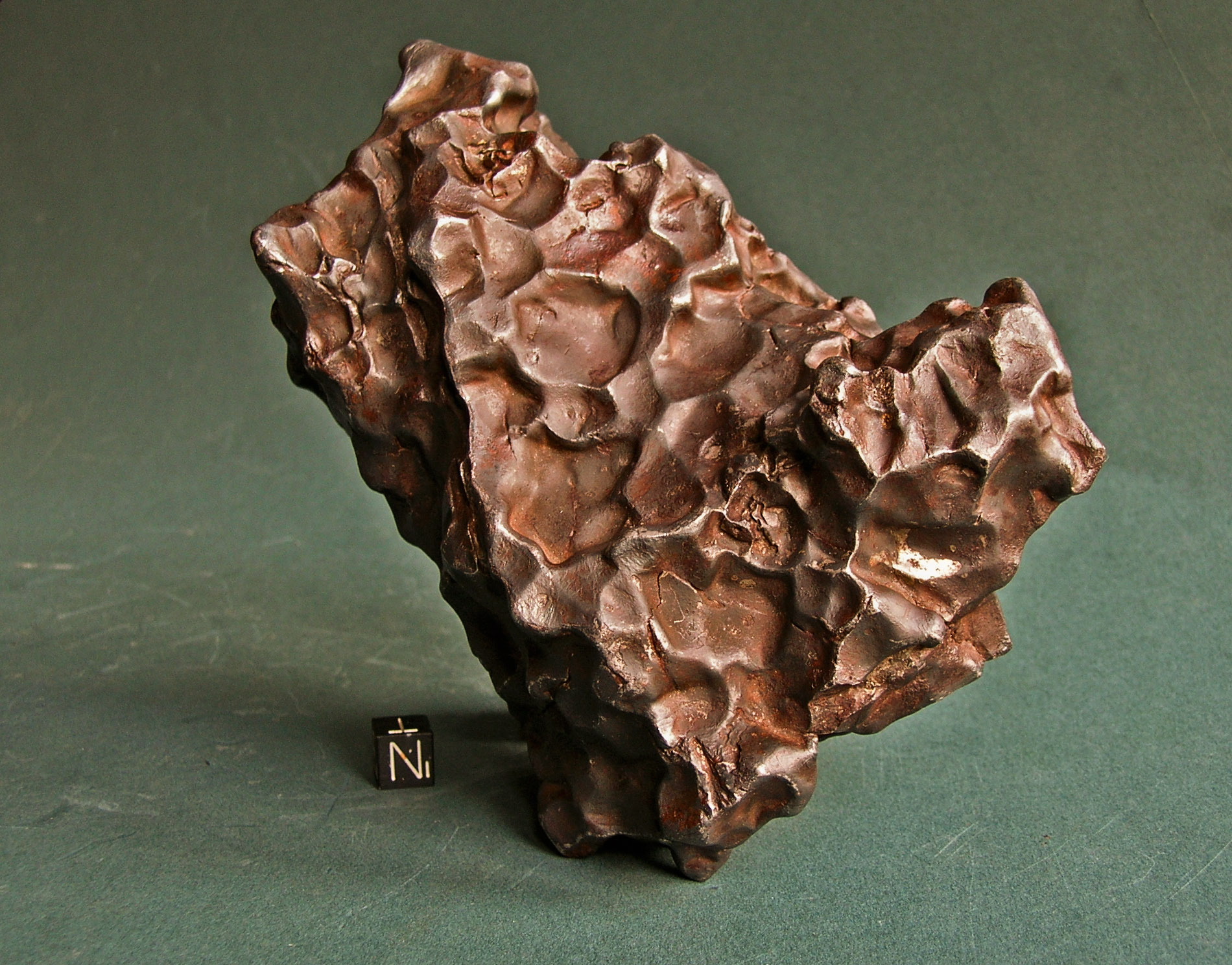
Visual Identification: Meteorite Identification Pictures
Visual identification is a crucial step in recognizing a potential meteorite. Studying meteorite identification pictures can help familiarize you with their appearance. Here are some visual clues to consider:
- Surface Texture: Meteorites often have a smooth or slightly textured surface. The fusion crust may show signs of melting, with a glassy or velvety appearance.
- Color: Freshly fallen meteorites typically have a dark fusion crust, while older specimens may have a weathered, rusty surface. Interior colors can range from metallic silver to various shades of gray or brown.
- Shape: Meteorites come in various shapes, but they often lack sharp edges and corners, exhibiting rounded or irregular forms due to their journey through the atmosphere.
Comparing these visual characteristics with meteorite identification pictures can significantly enhance your ability to identify a genuine meteorite.
Also, if you would like to know about how meteorites are formed, we recommend that you check out the article How Meteorites are Formed.
How to Identify a Meteorite at Home
Identifying a meteorite at home involves several practical steps and tests that can be conducted with minimal equipment. Here’s a step-by-step guide:
- Magnet Test: As mentioned earlier, meteorites are usually magnetic. Use a strong magnet to see if your specimen is attracted. If it is, there’s a chance it could be a meteorite.
- Streak Test: Rub the specimen on an unglazed ceramic tile (streak plate). Most meteorites will leave a dark streak, while Earth rocks generally leave a white or light-colored streak.
- Density Test: Weigh your specimen and measure its volume by water displacement. Meteorites typically have a density between 3 and 8 grams per cubic centimeter, much higher than most terrestrial rocks.
- Examine the Fusion Crust: Look closely at the surface for signs of a fusion crust. A handheld magnifying glass or microscope can help you identify the thin, dark layer indicative of a meteorite.
- Chondrules and Metal Flakes: If you suspect you have a chondritic meteorite, examine the interior for chondrules. Breaking a small piece (if you can do so safely and responsibly) can reveal metal flakes or chondrules embedded within.
- Consult an Expert: If your specimen passes these preliminary tests, consider consulting a meteorite expert or sending a sample to a laboratory for confirmation. They can perform more advanced tests, such as chemical analysis and isotopic measurements.
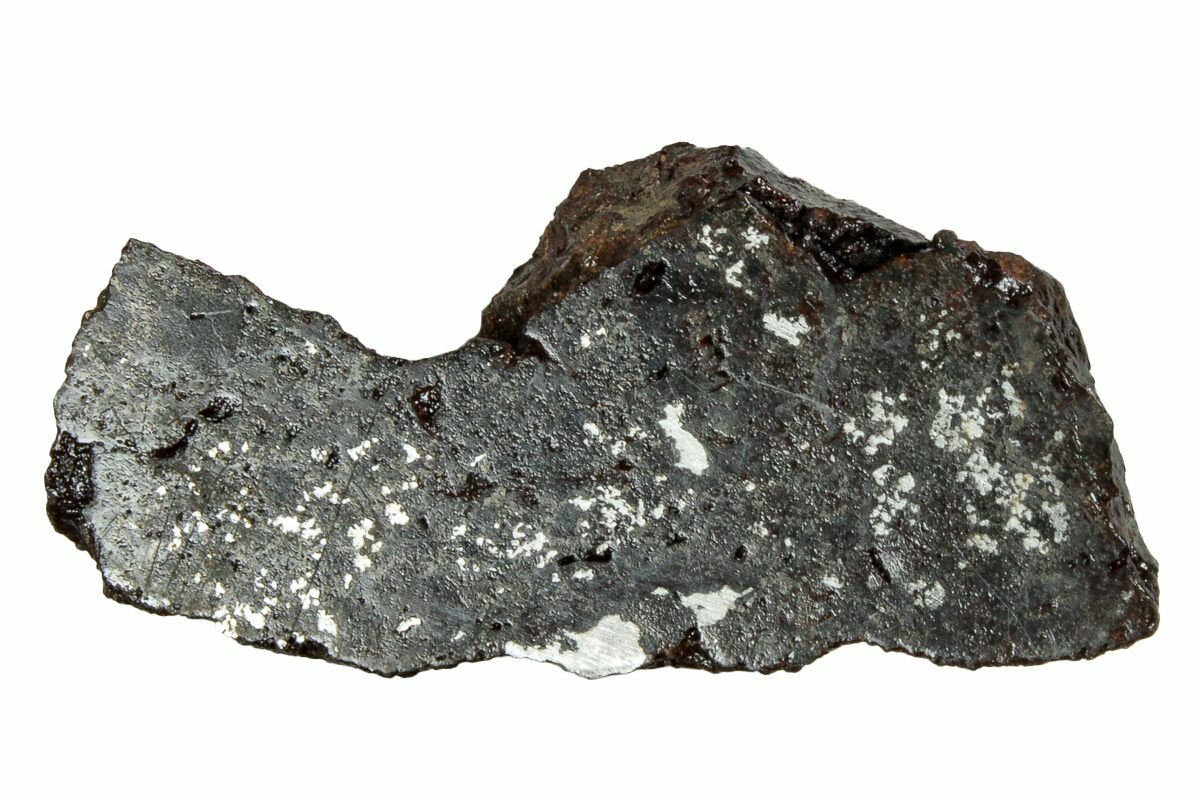
Common Meteorite Identification Mistakes
Identifying meteorites can be challenging, and there are several common mistakes to be aware of. Here are a few pitfalls to avoid:
- Misidentifying Common Earth Rocks: Many terrestrial rocks, such as basalt, slag, and magnetite, can be mistaken for meteorites due to their similar appearance and magnetic properties. Always perform multiple tests to confirm.
- Ignoring Fusion Crust: Some meteorites may lack a visible fusion crust due to weathering. However, fresh falls almost always have this characteristic layer, so it’s a crucial clue in identification.
- Assuming All Metallic Rocks Are Meteorites: Not all magnetic or metallic rocks are meteorites. Industrial slag and other man-made materials can also attract magnets and have a metallic appearance.
Advanced Meteorite Identification Techniques
For those who are serious about meteorite identification, advanced techniques and equipment can provide more definitive results. These methods include:
- X-ray Fluorescence (XRF) Analysis: This technique measures the elemental composition of a specimen, helping to distinguish meteorites from Earth rocks based on their unique chemical signatures.
- Electron Microprobe Analysis: This method provides detailed information about the mineral composition and structure of a meteorite, which can be crucial for classification.
- Isotopic Analysis: By measuring the ratios of specific isotopes, scientists can determine the age and origin of a meteorite, providing valuable insights into its history.
- Thin Section Microscopy: Creating a thin section of a meteorite and examining it under a microscope can reveal its mineralogical composition and texture, aiding in accurate identification.
Also read : Full description of Demantoid Garnet
The Importance of Proper Meteorite Identification
Proper meteorite identification is essential for several reasons. Scientifically, meteorites provide valuable information about the formation and evolution of our solar system. They can contain clues about the early conditions of planets and the processes that shaped them.
For collectors and enthusiasts, identifying genuine meteorites ensures the authenticity and value of their collections. Given the rarity and scientific significance of meteorites, accurate identification preserves their integrity and prevents the spread of misinformation.
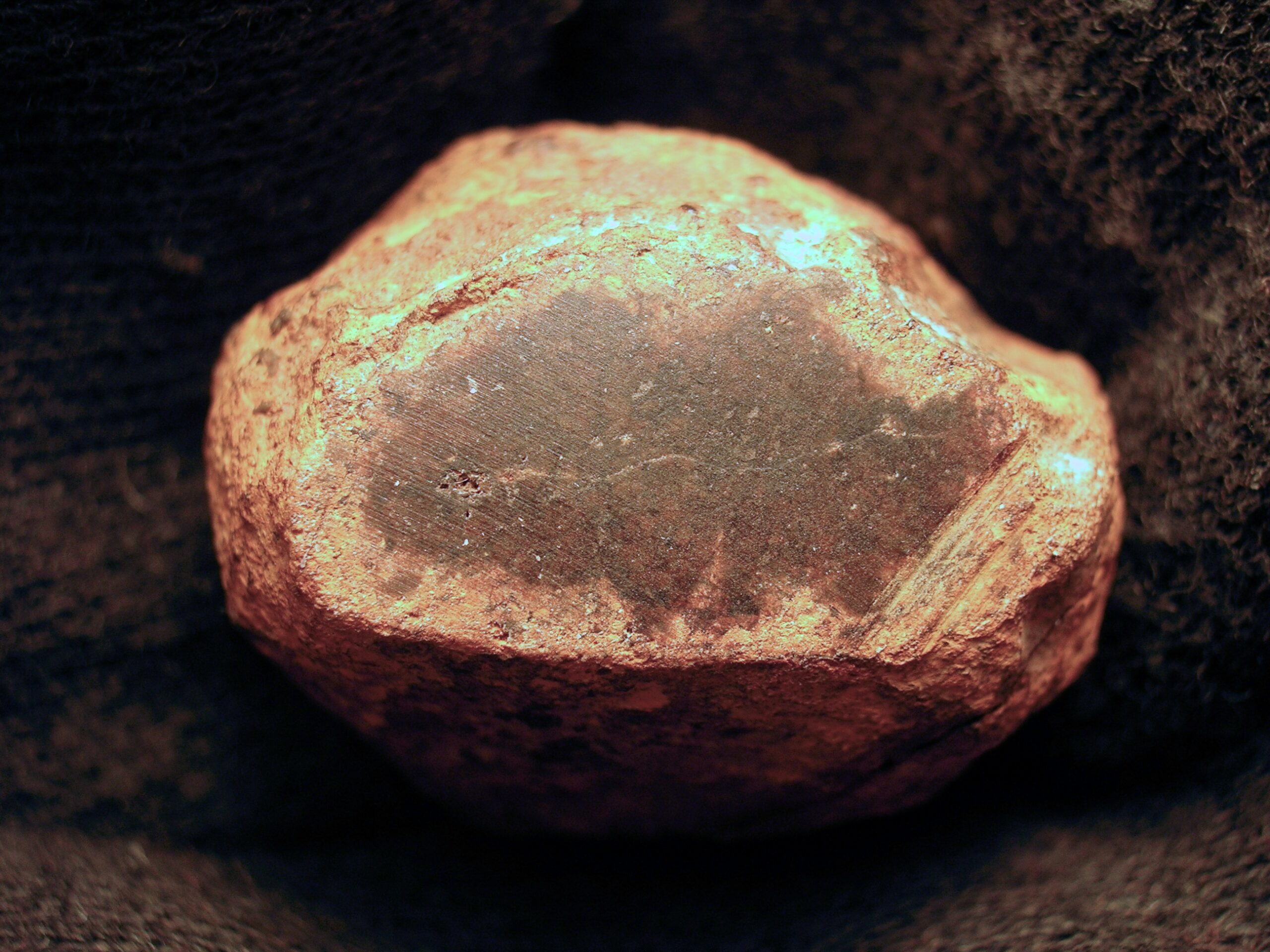
Preserving and Documenting Meteorite Finds
Once you’ve identified a meteorite, preserving and documenting your find is crucial. Here are some steps to take:
- Record the Find Location: Note the exact location where you found the meteorite, including GPS coordinates if possible. This information is important for scientific research and provenance.
- Handle with Care: Avoid handling the meteorite with bare hands to prevent contamination. Use gloves or a clean cloth when handling it.
- Store Properly: Keep the meteorite in a dry, stable environment to prevent weathering and deterioration. Avoid exposure to moisture and extreme temperatures.
- Photograph and Document: Take detailed photographs of the meteorite from various angles, and document any distinguishing features. This visual record can be invaluable for verification and research purposes.
Also, if you are looking to buy Demantoid, you can visit the Buy Demantoid Garnet in Dubai page.
Conclusion meteorite identification
Meteorite identification is a fascinating and rewarding endeavor that combines science, observation, and a bit of detective work .By understanding the key characteristics of meteorites, utilizing visual aids like meteorite identification pictures, and following practical steps to identify a meteorite at home, you can enhance your chances of discovering a genuine cosmic treasure.
FAQs meteorite identification
How can I tell if a rock is a meteorite?
Meteorites often have these key features:
Magnetic (most contain iron-nickel metal).
Dense & Heavy (heavier than ordinary rocks of the same size).
Fusion Crust (dark, melted outer layer from atmospheric entry).
Regmaglypts (thumbprint-like indentations from ablation).
Metallic Flakes or Grains (visible iron or nickel).
What’s the first test I should do?
Use a magnet—most meteorites (except some achondrites) are at least slightly magnetic due to iron content.
Are all meteorites magnetic?
No. Some stony meteorites (like achondrites) have little to no metal and won’t attract a magnet. However, most meteorites (90%) are magnetic.
How can I be sure my rock is a meteorite?
To be sure your rock is a meteorite, conduct multiple tests including a magnet test, streak test, and density test. Look for unique features like fusion crust and chondrules. Consulting an expert or sending a sample to a laboratory for advanced analysis can provide definitive confirmation.
What should I do if I find a meteorite?
If you find a meteorite, document the find location, handle it with care using gloves or a clean cloth, and store it in a dry environment. Take detailed photographs and notes, and consider consulting an expert to verify its authenticity.


